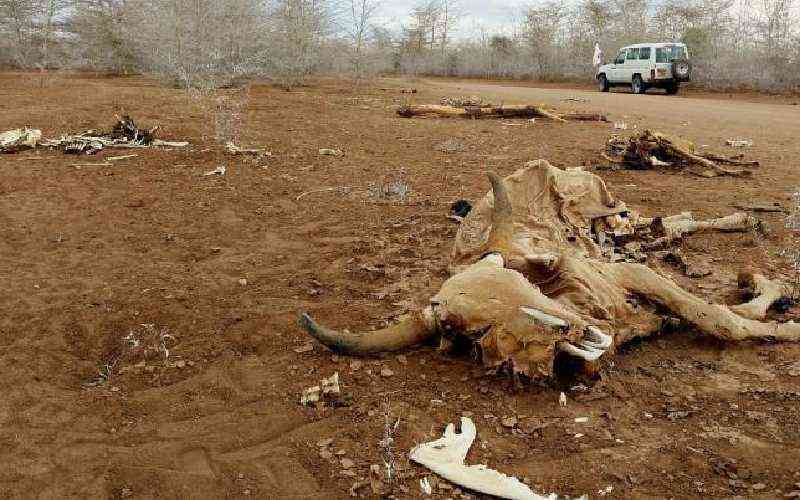×
The Standard e-Paper
Join Thousands Daily

More than 4 million Kenyans are facing starvation and do not have access to water following a severe, prolonged drought after rains failed in the last four seasons, National Drought Management Authority (NDMA) has said.
The Authority has warned in its September report that one million people are already malnourished and in dire need of treatment.